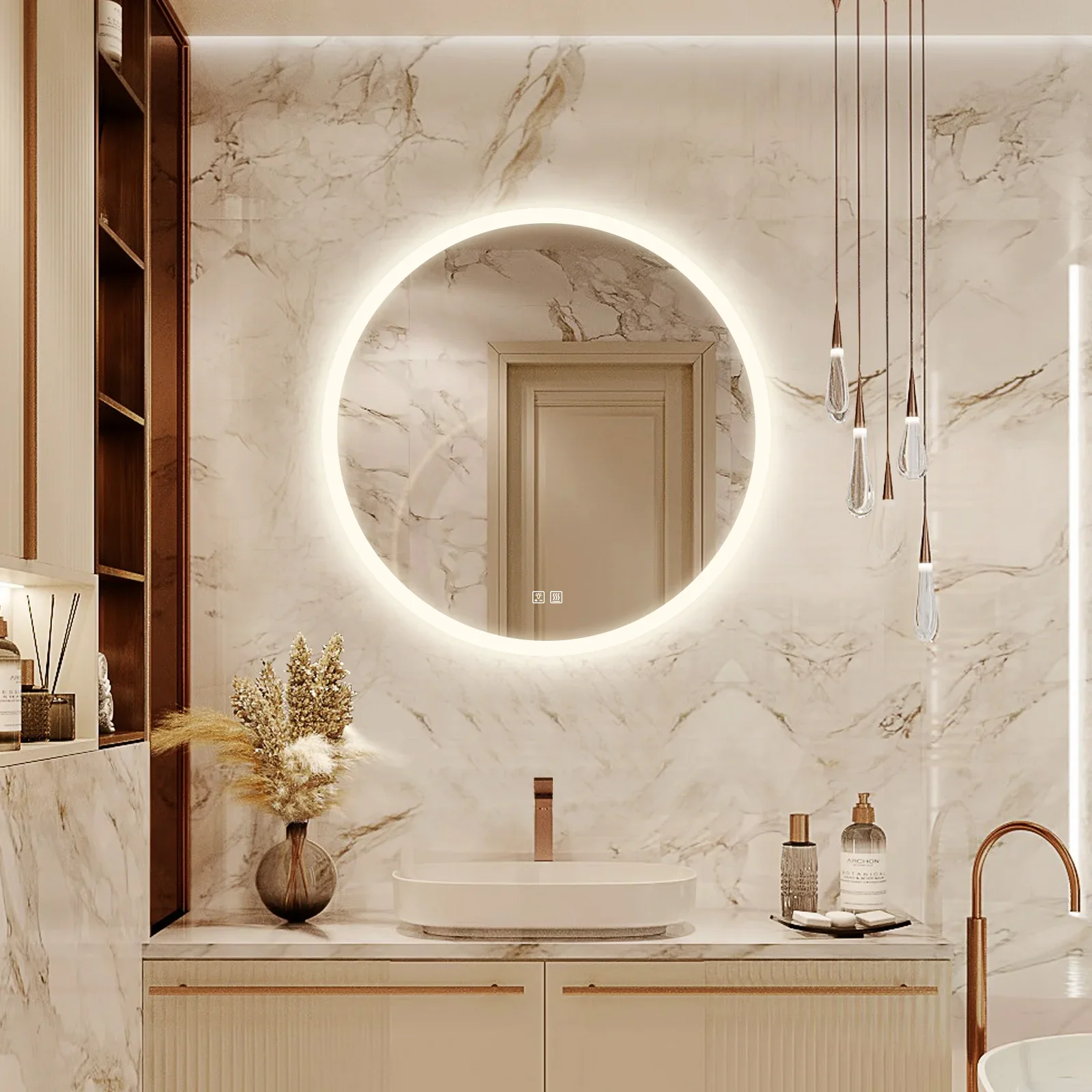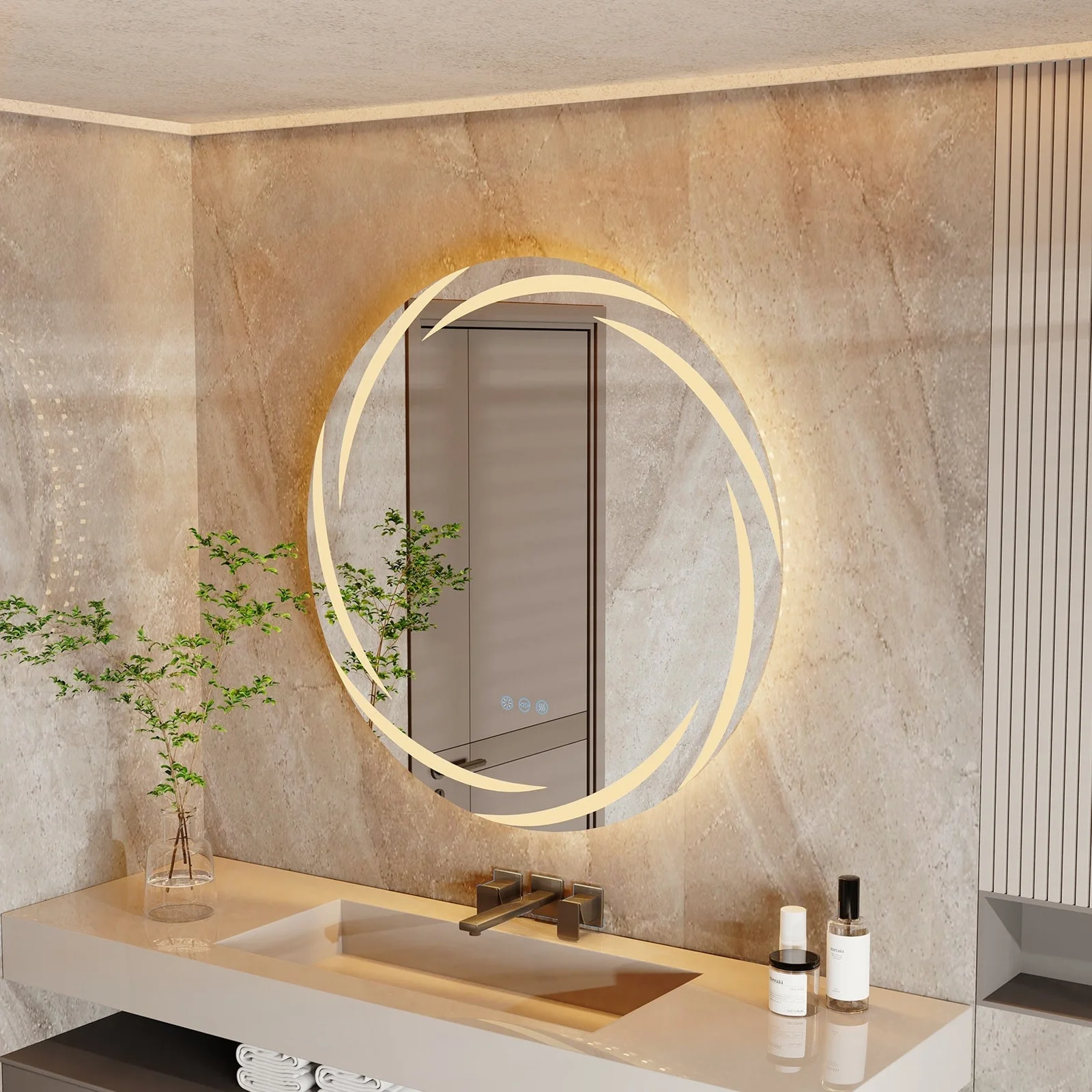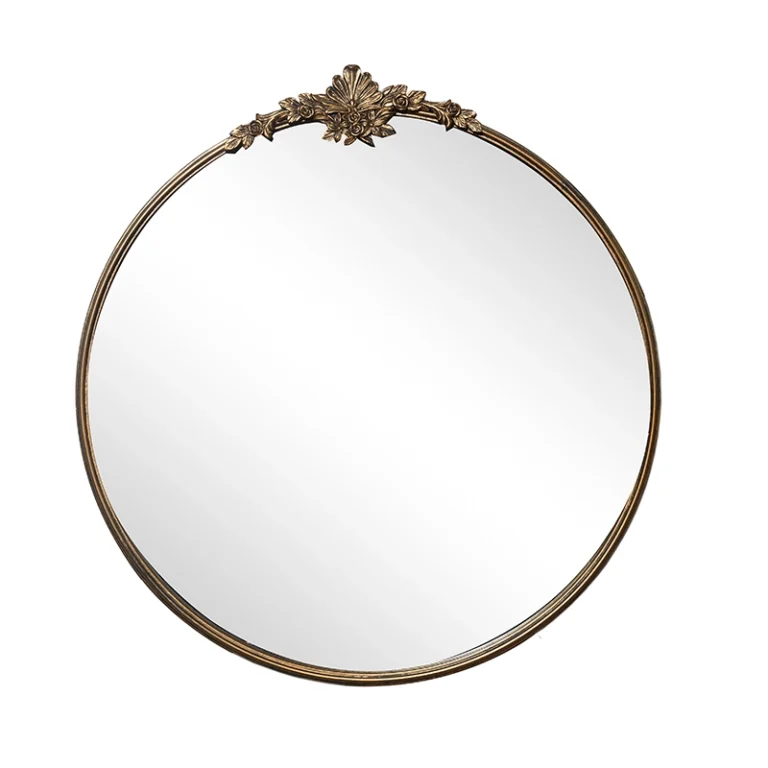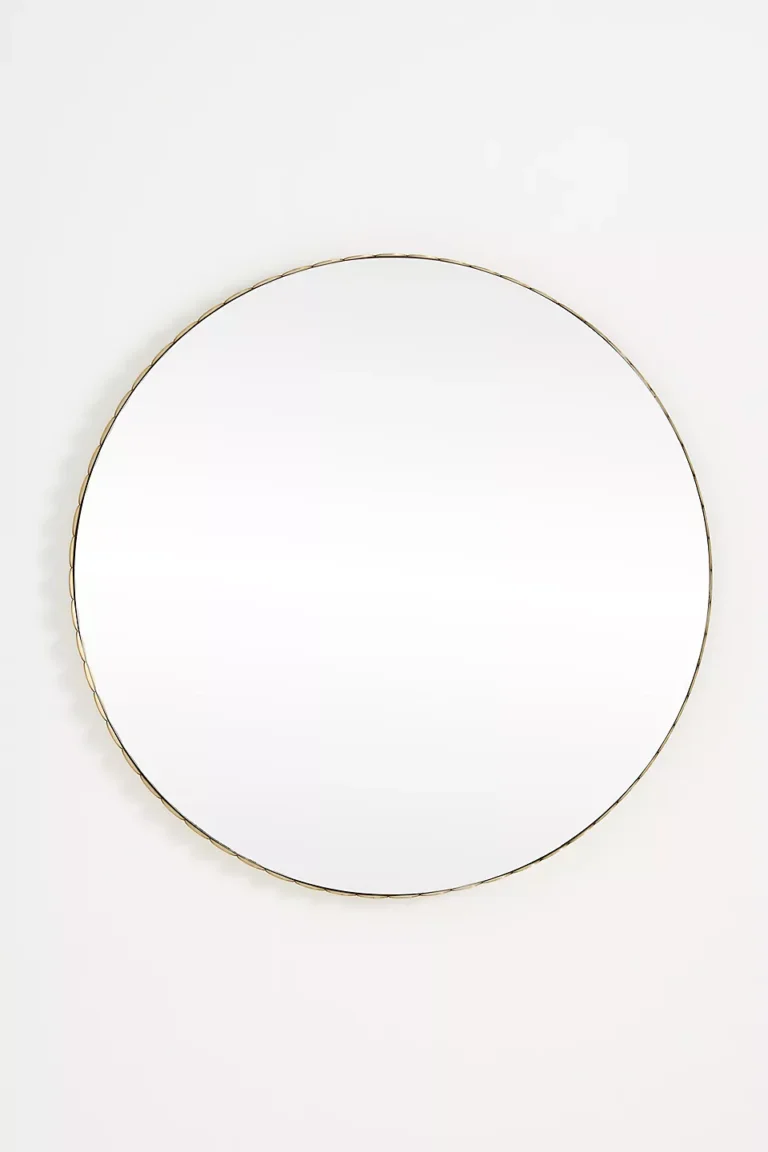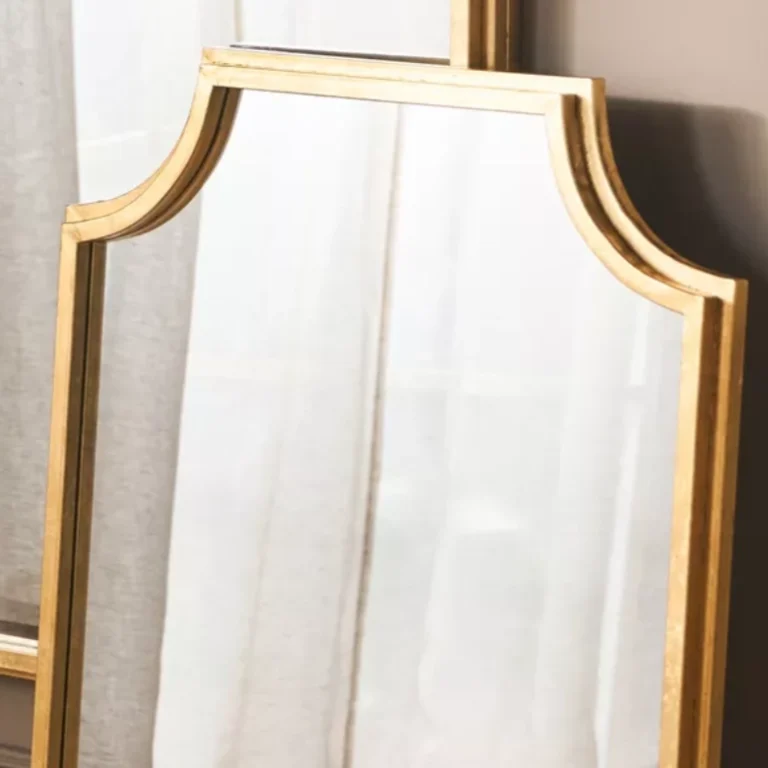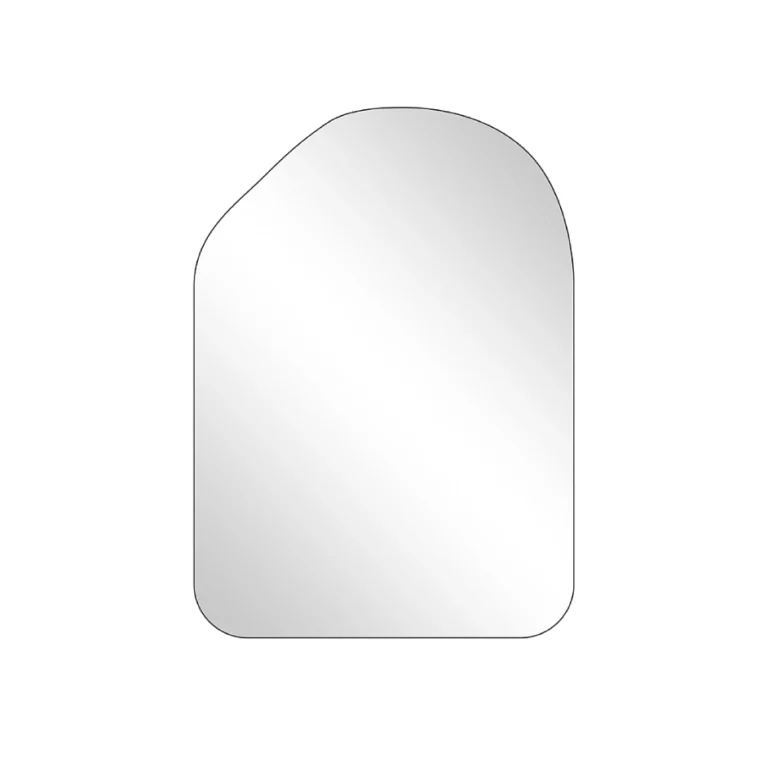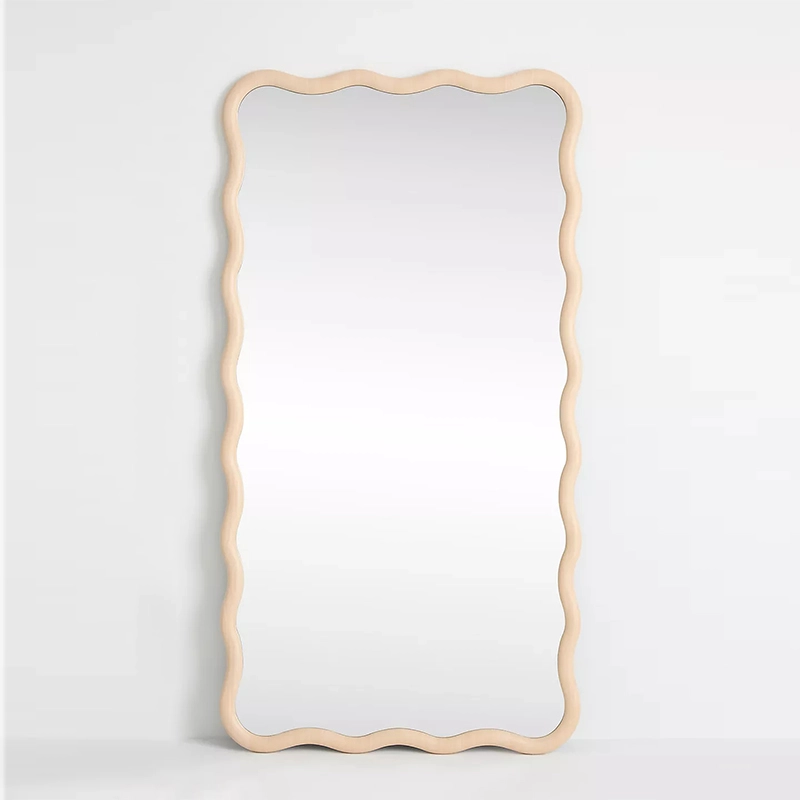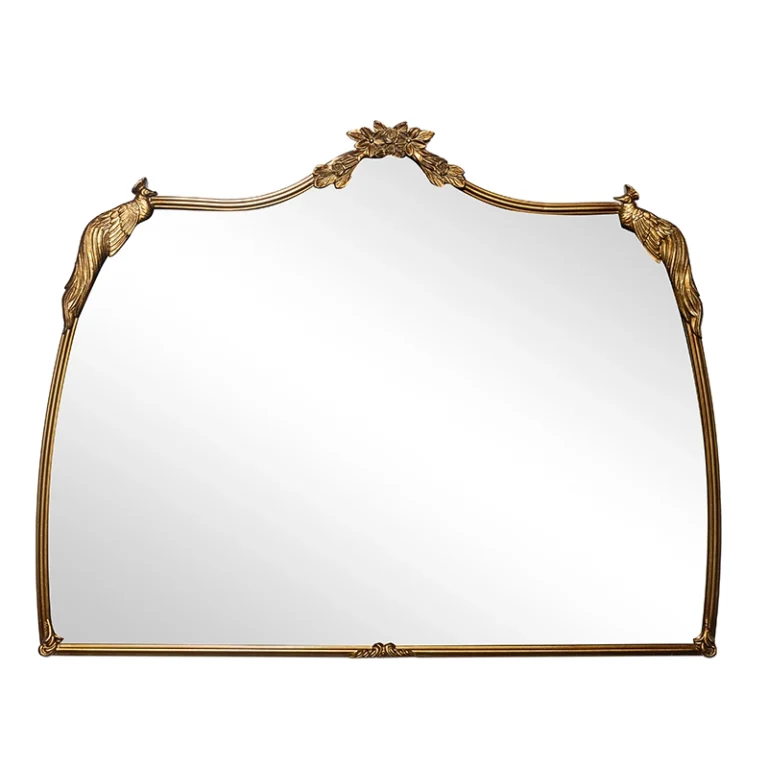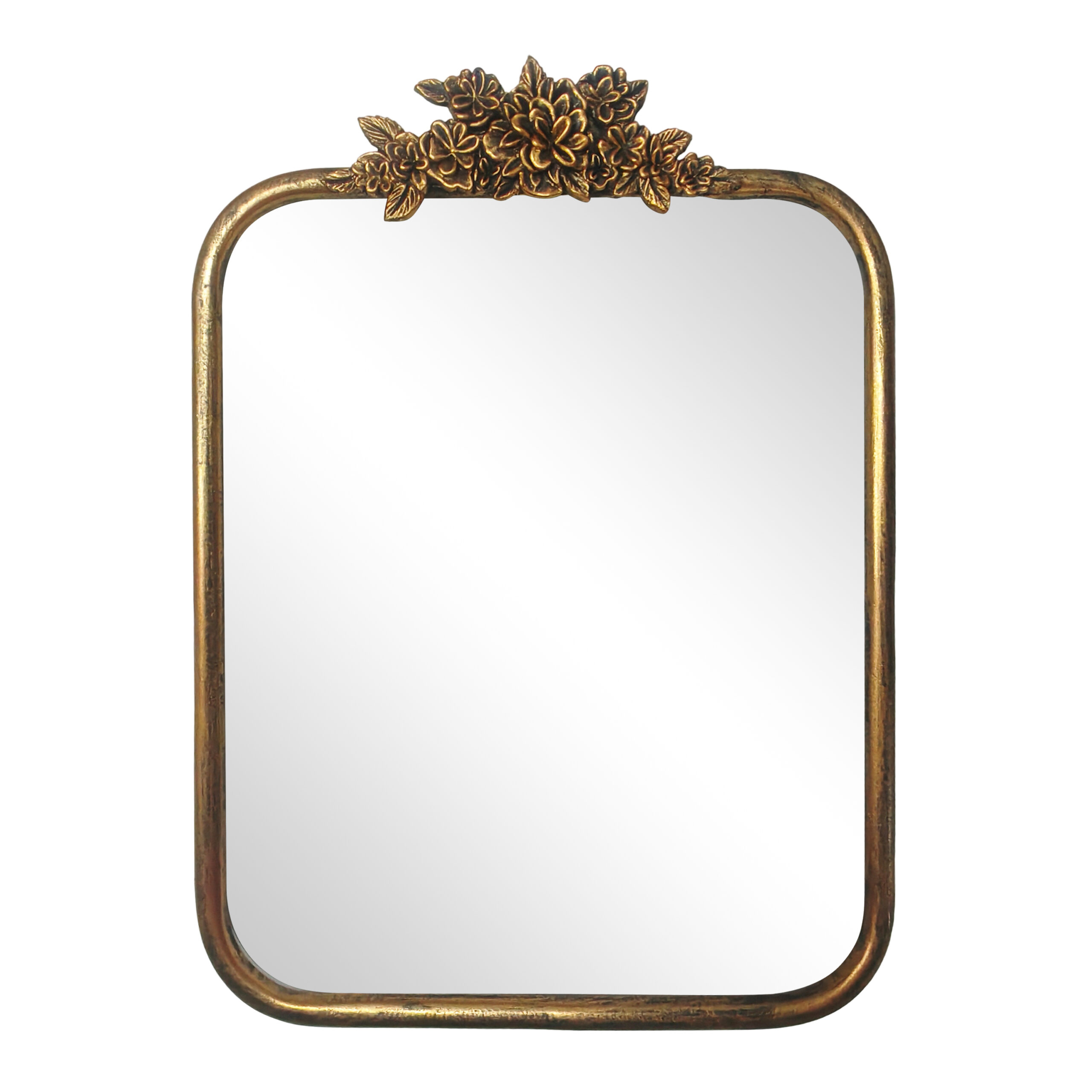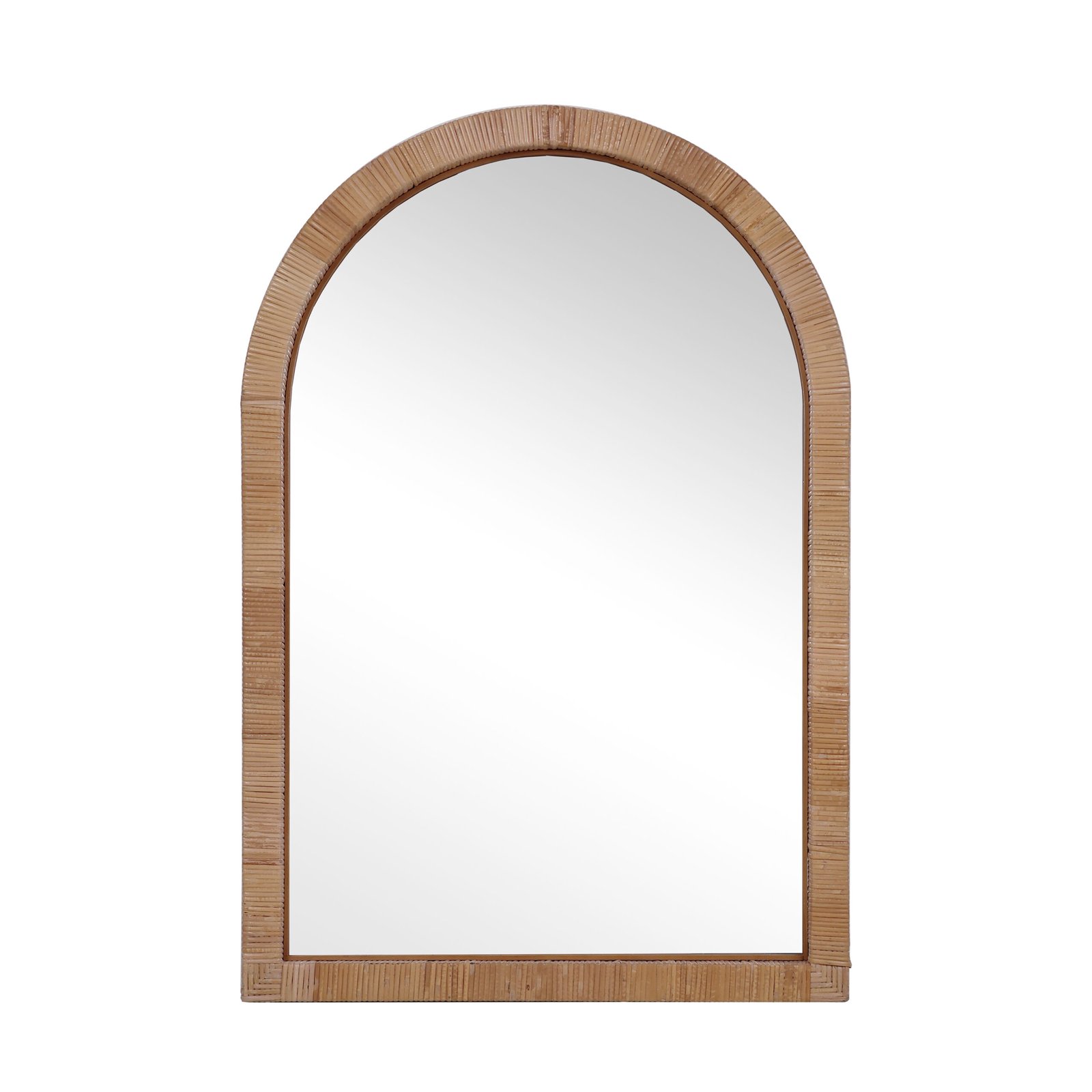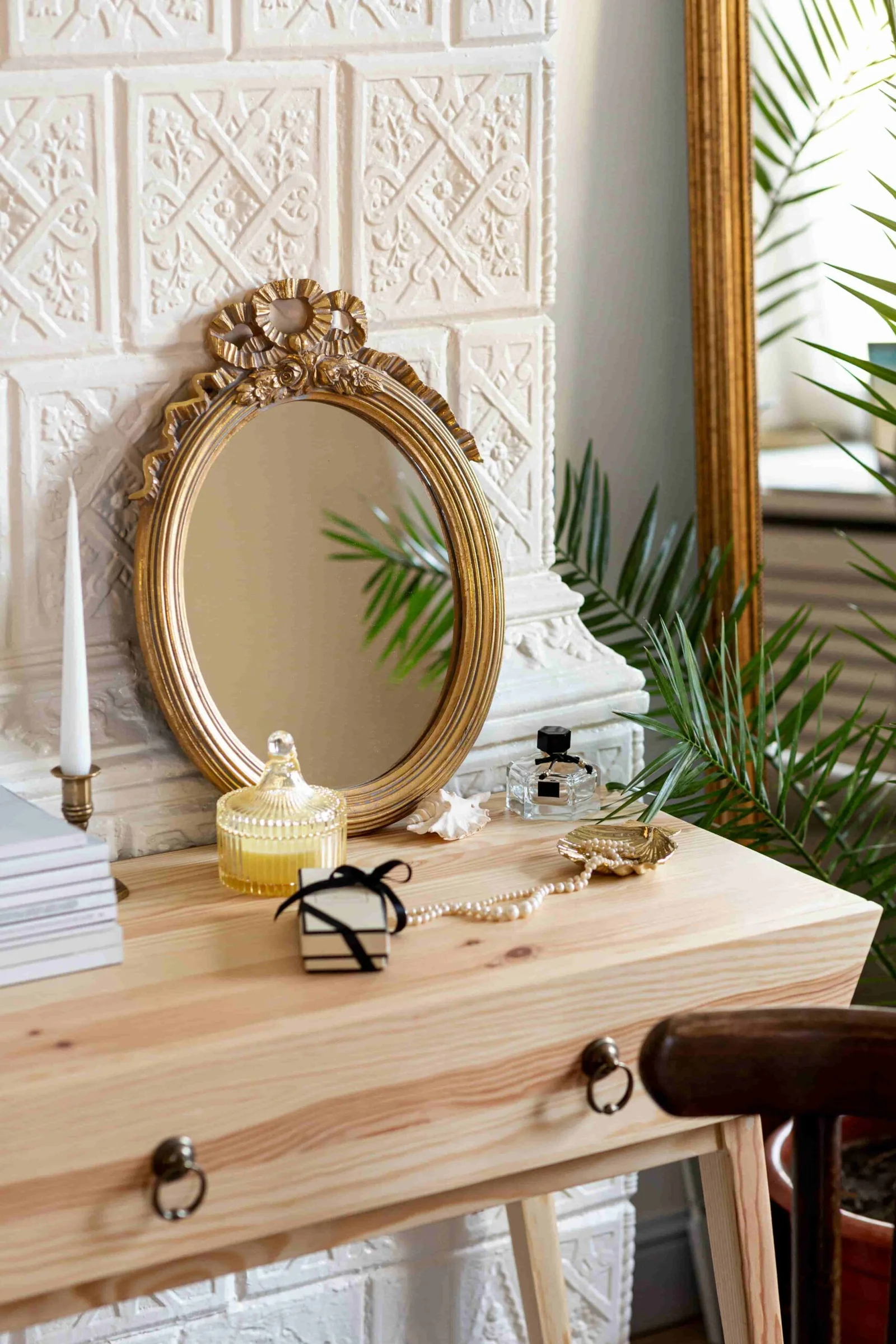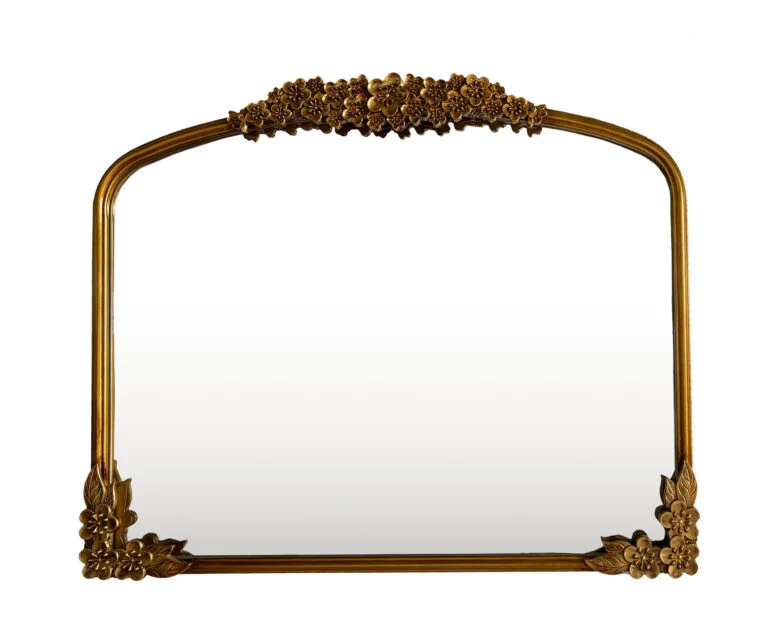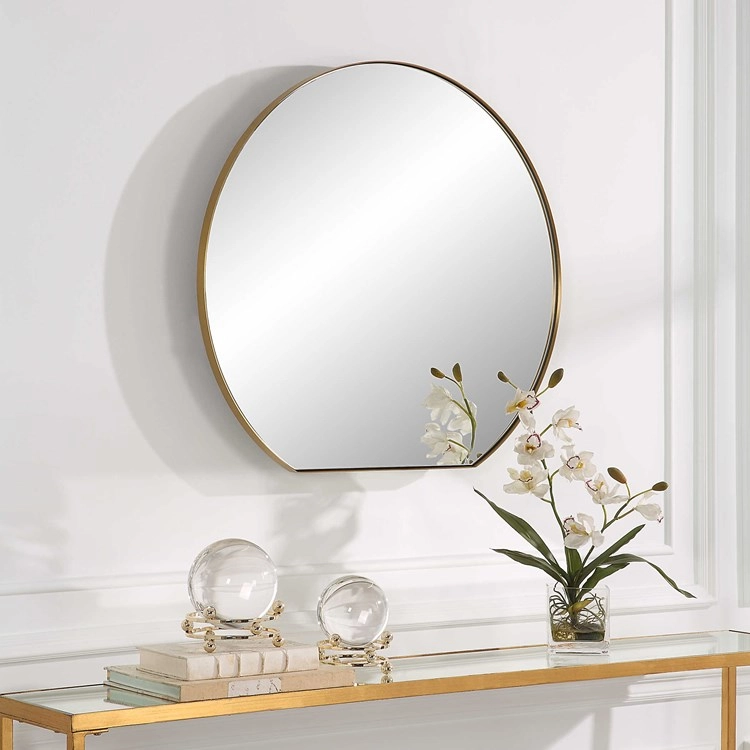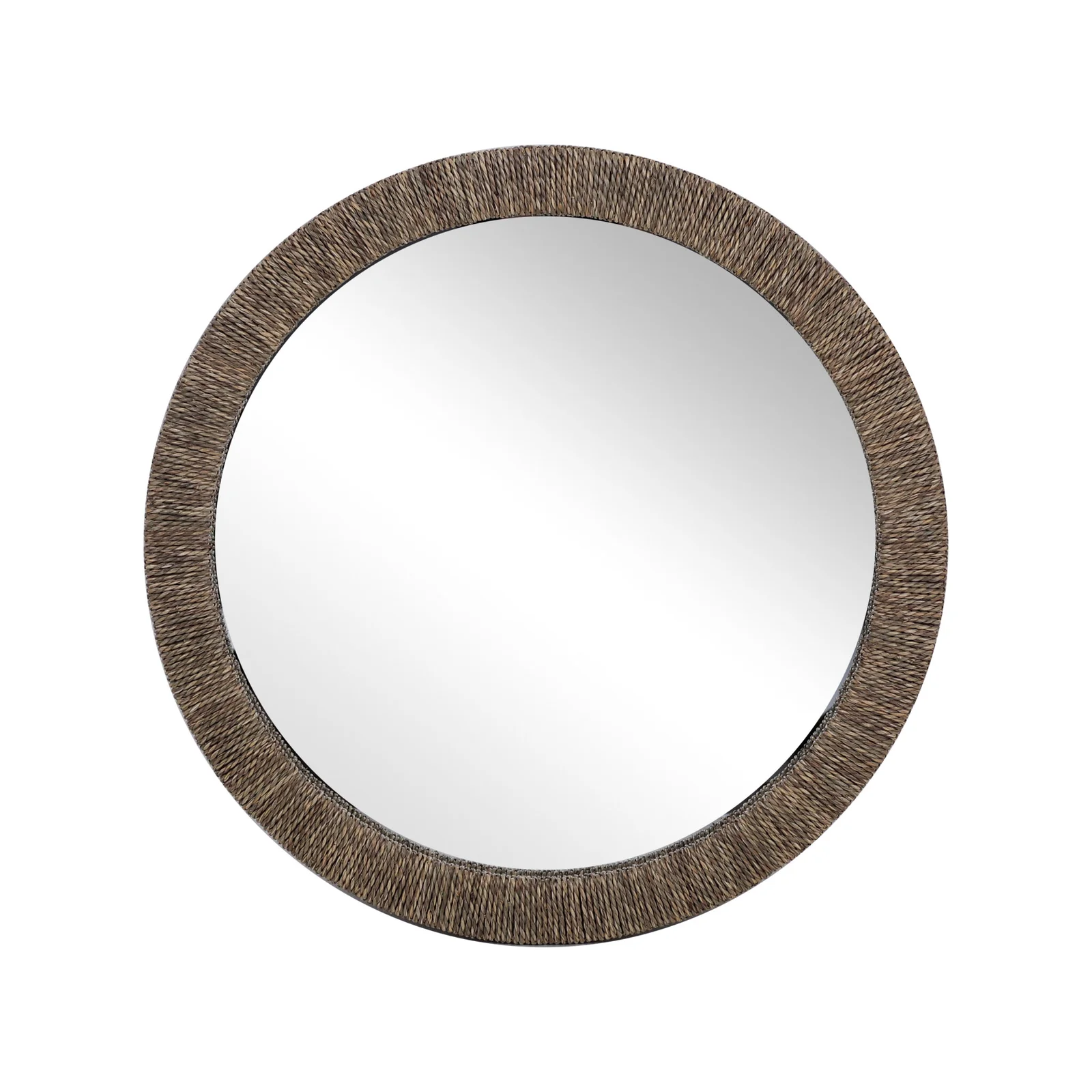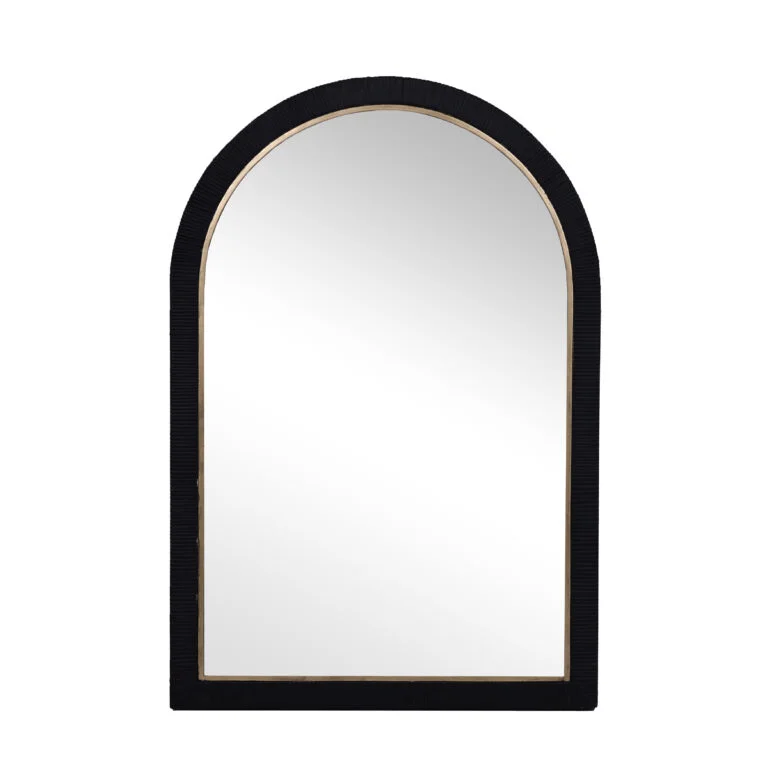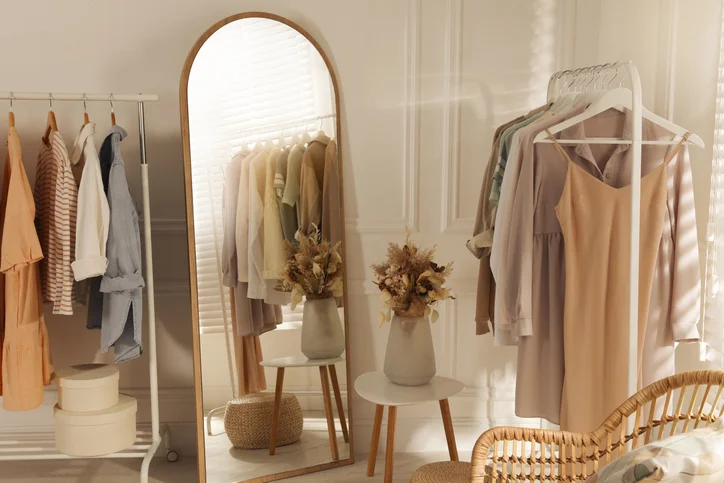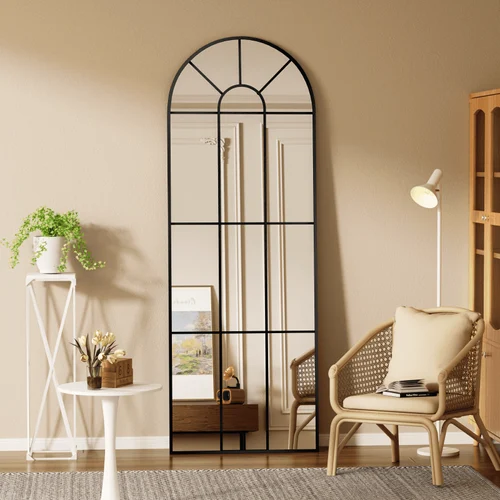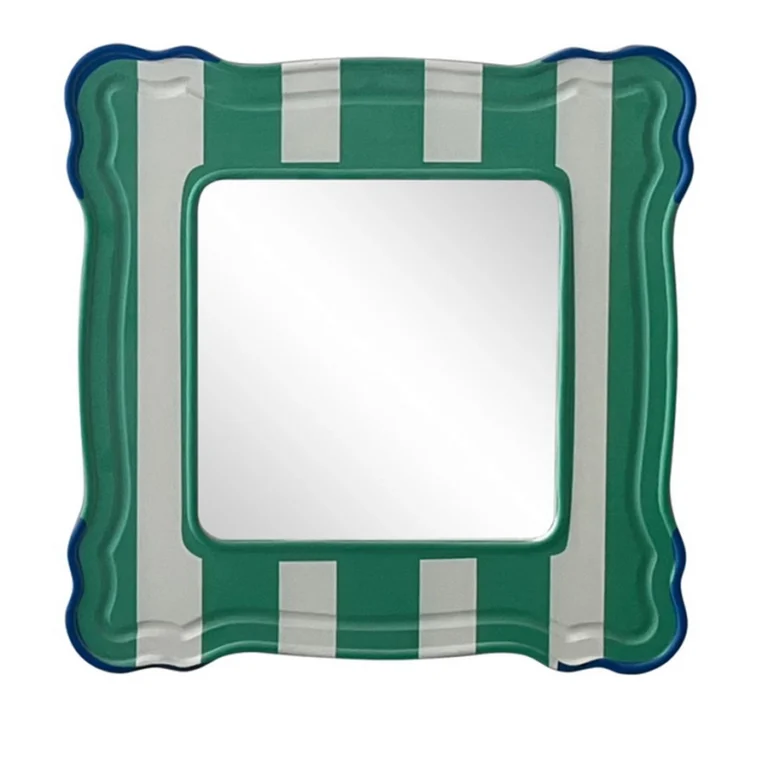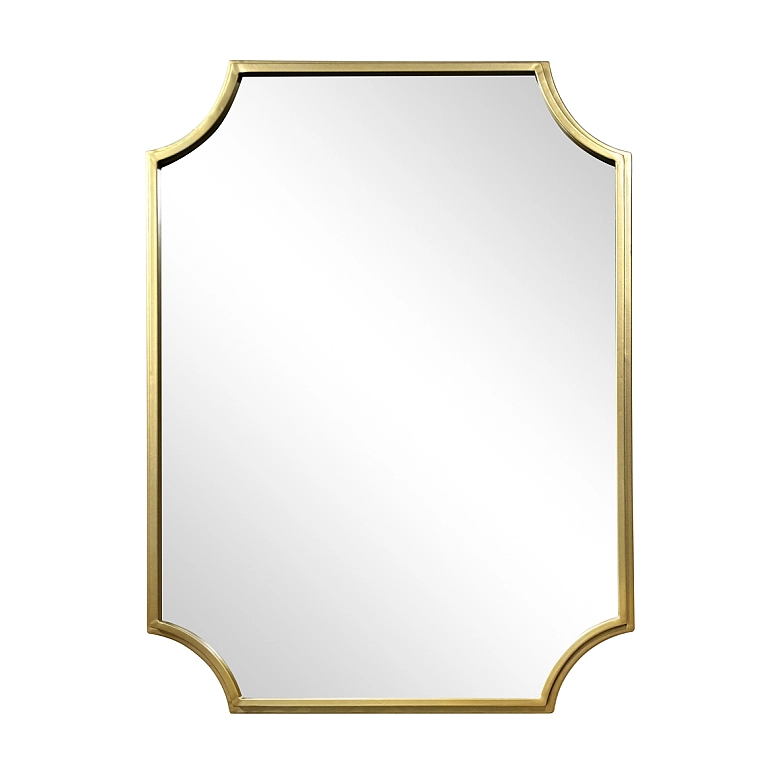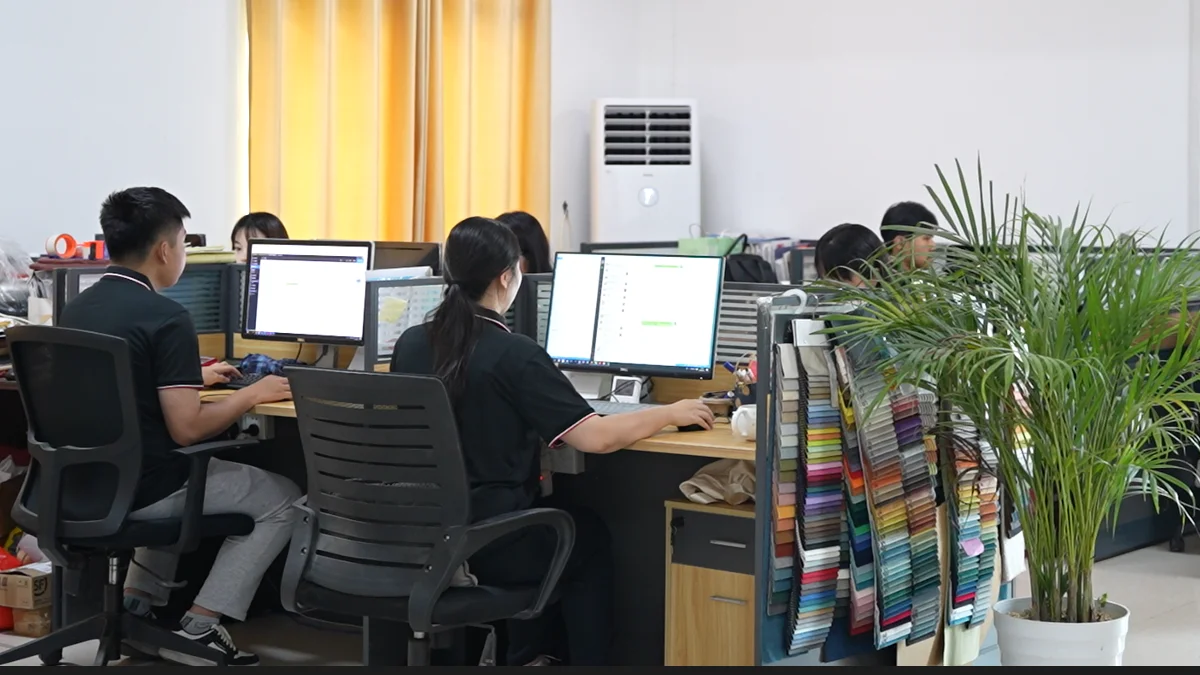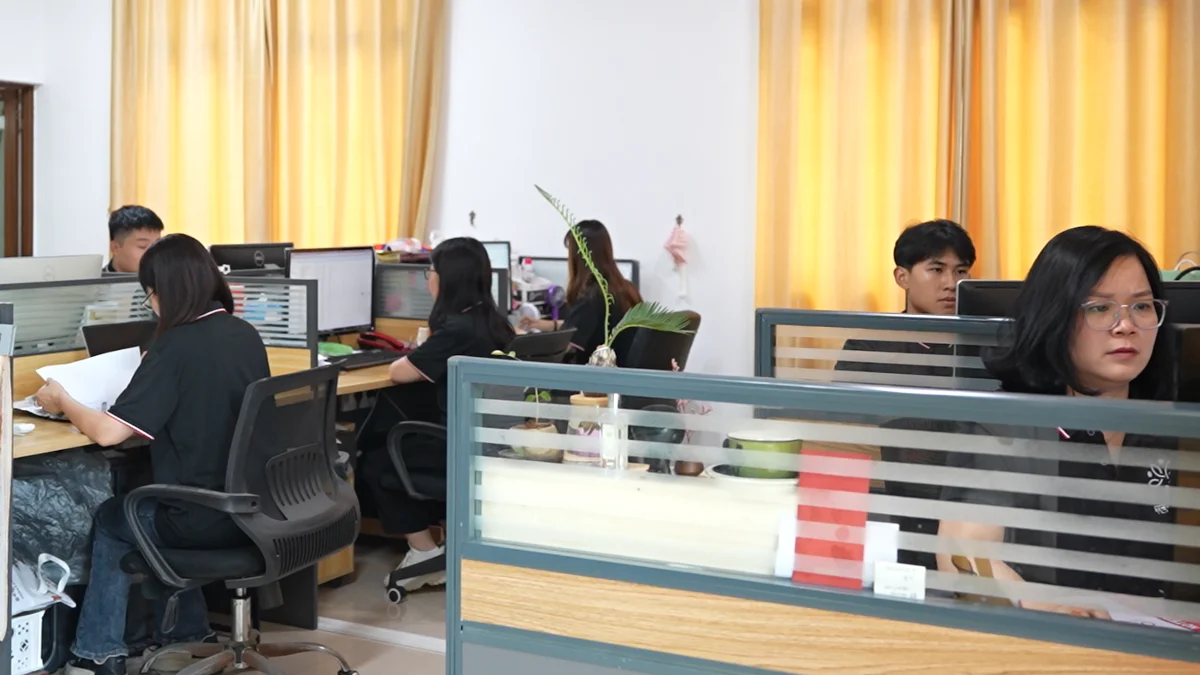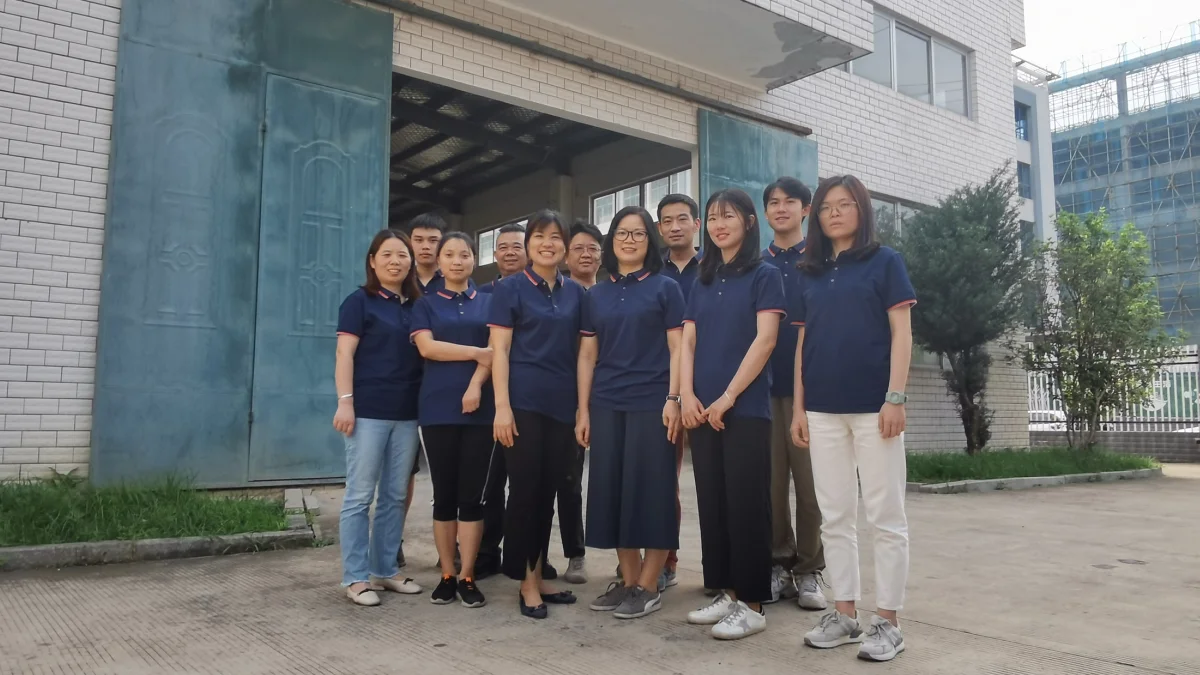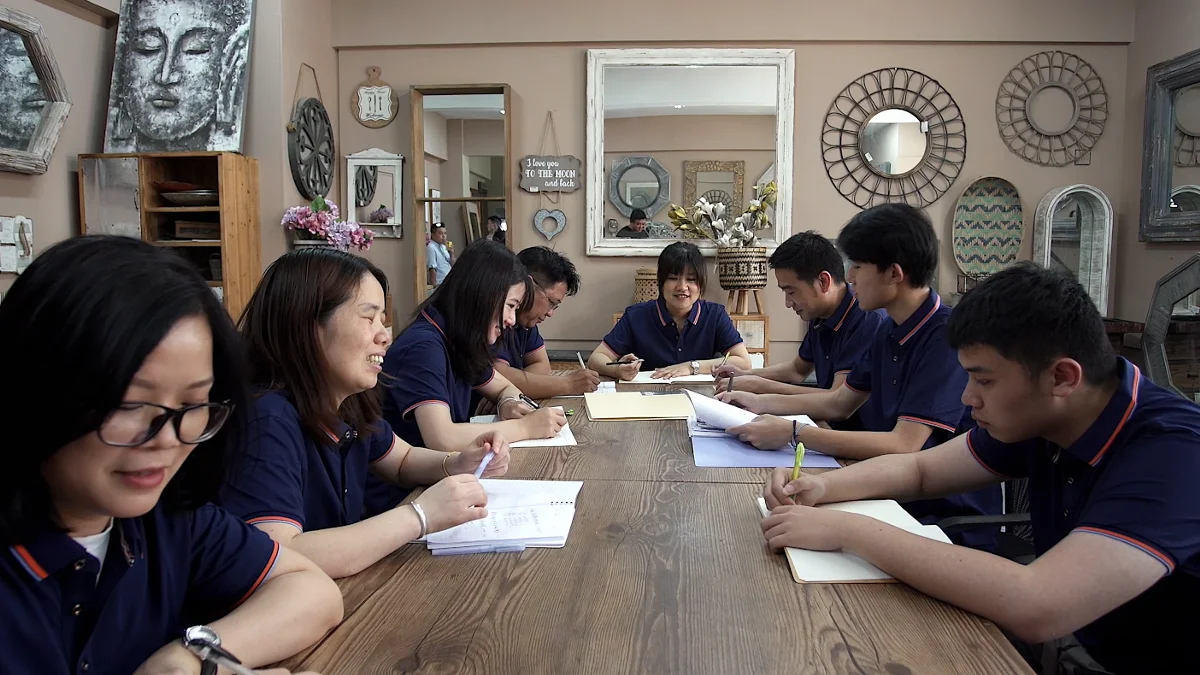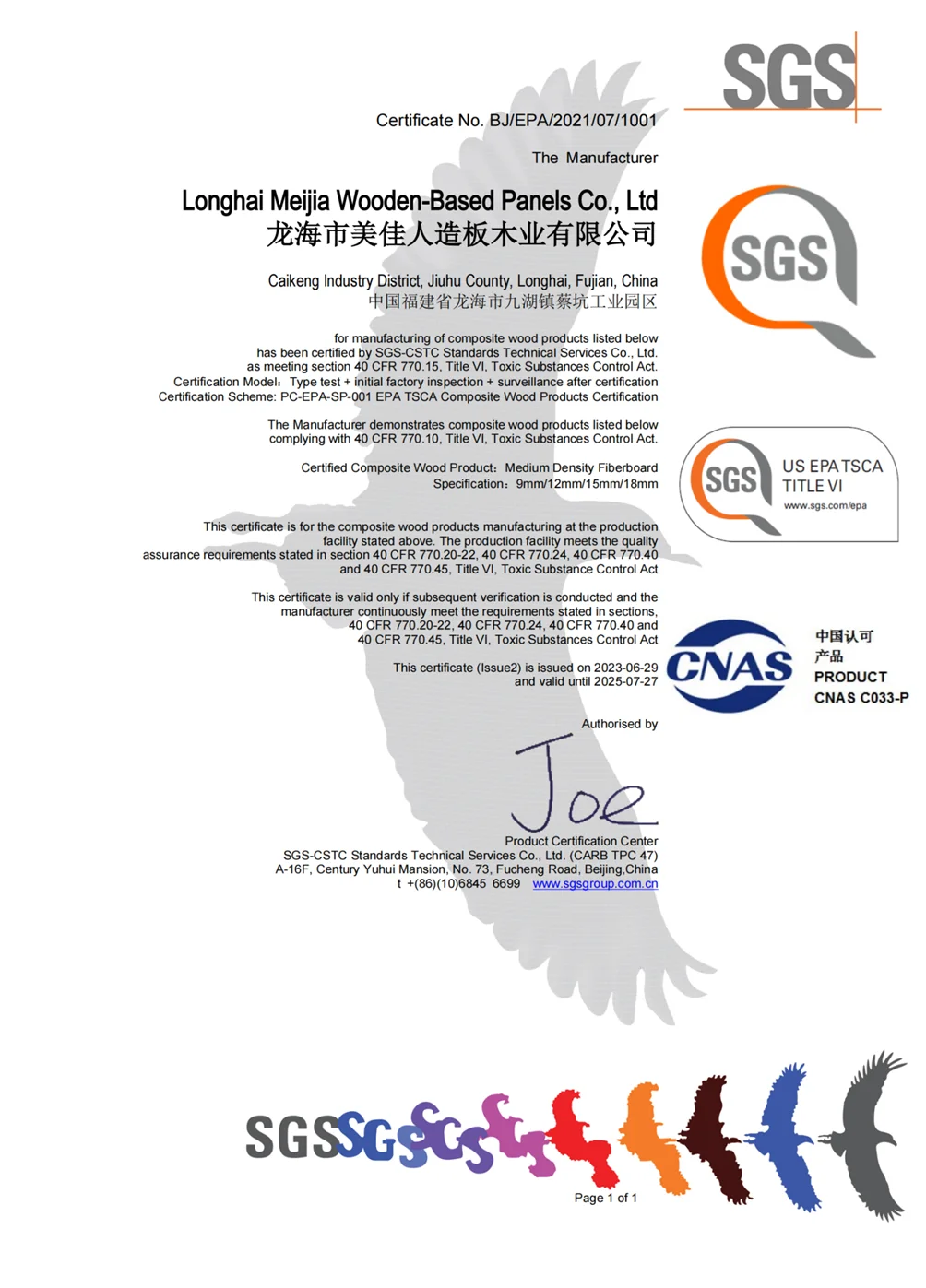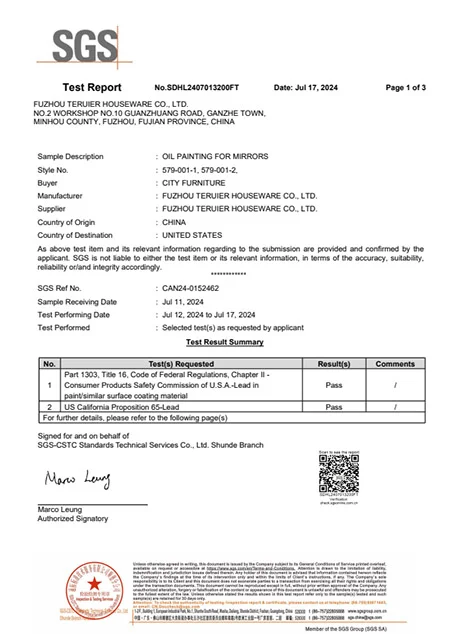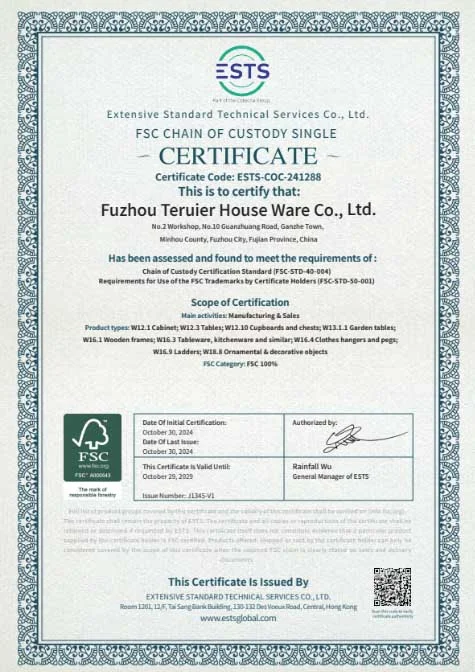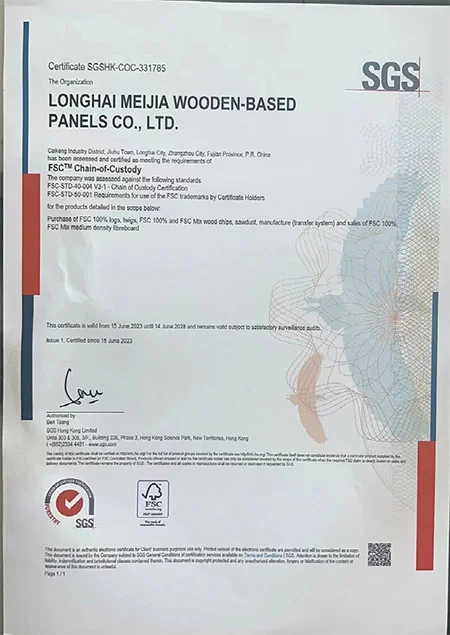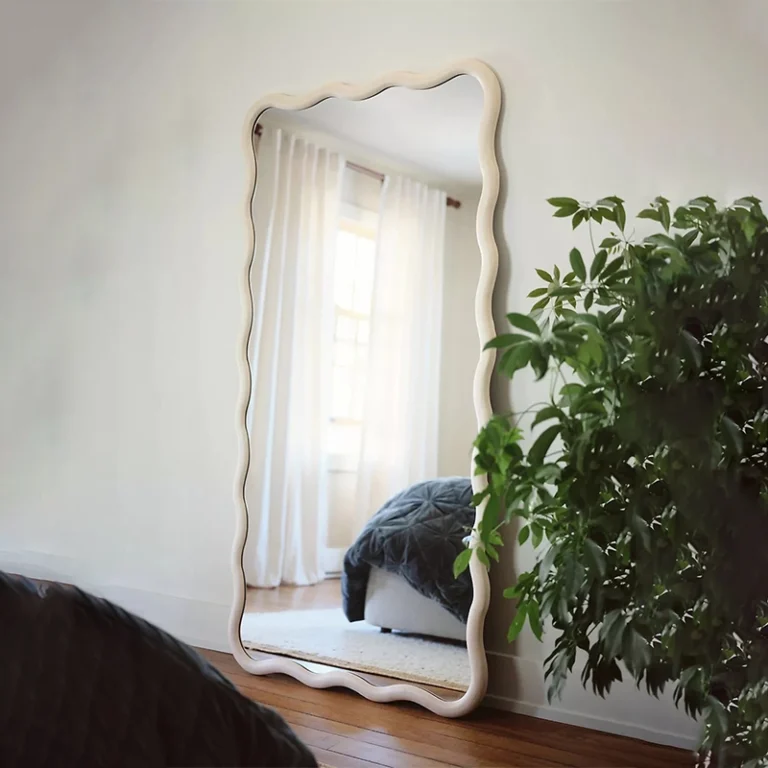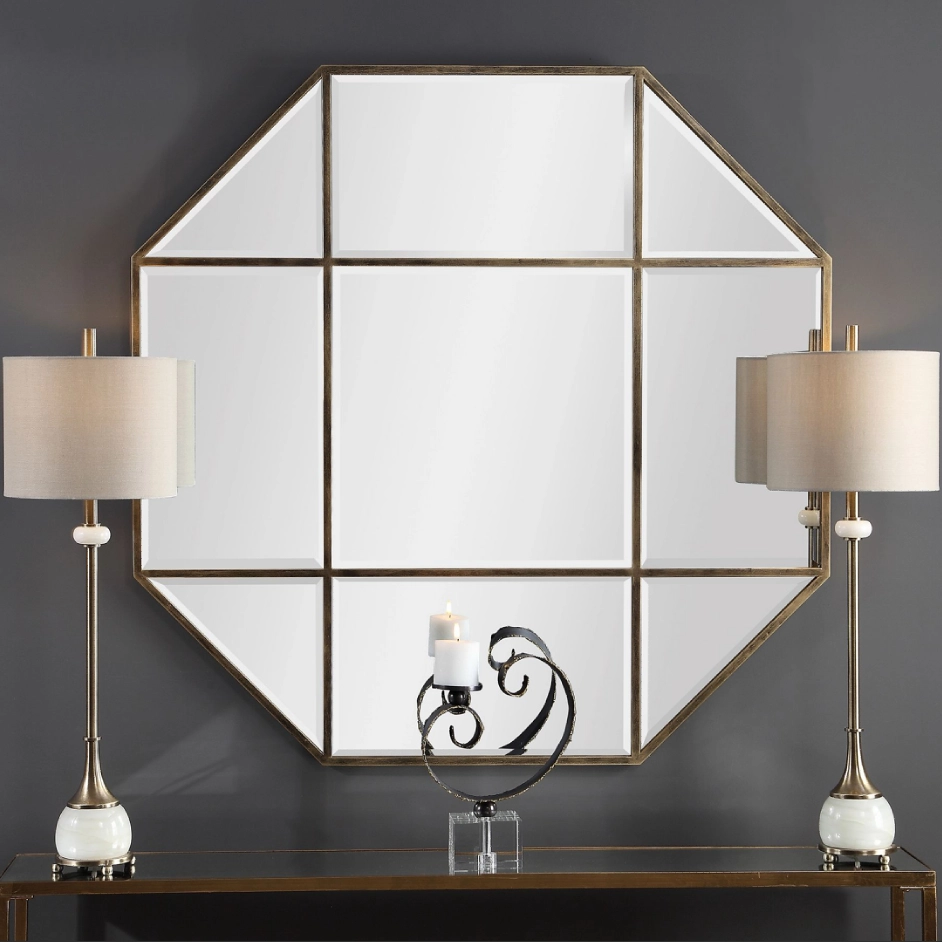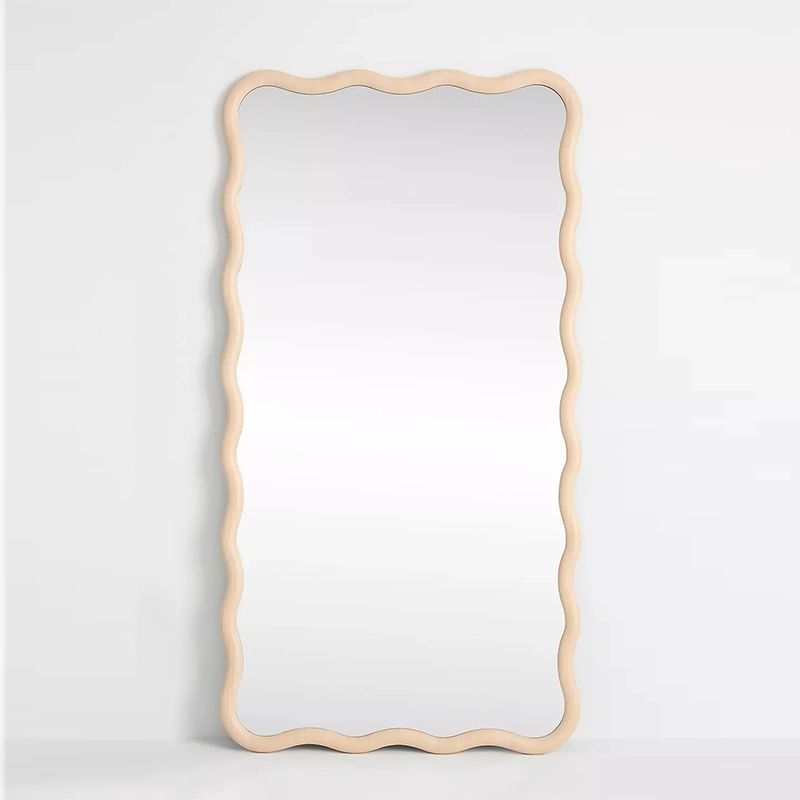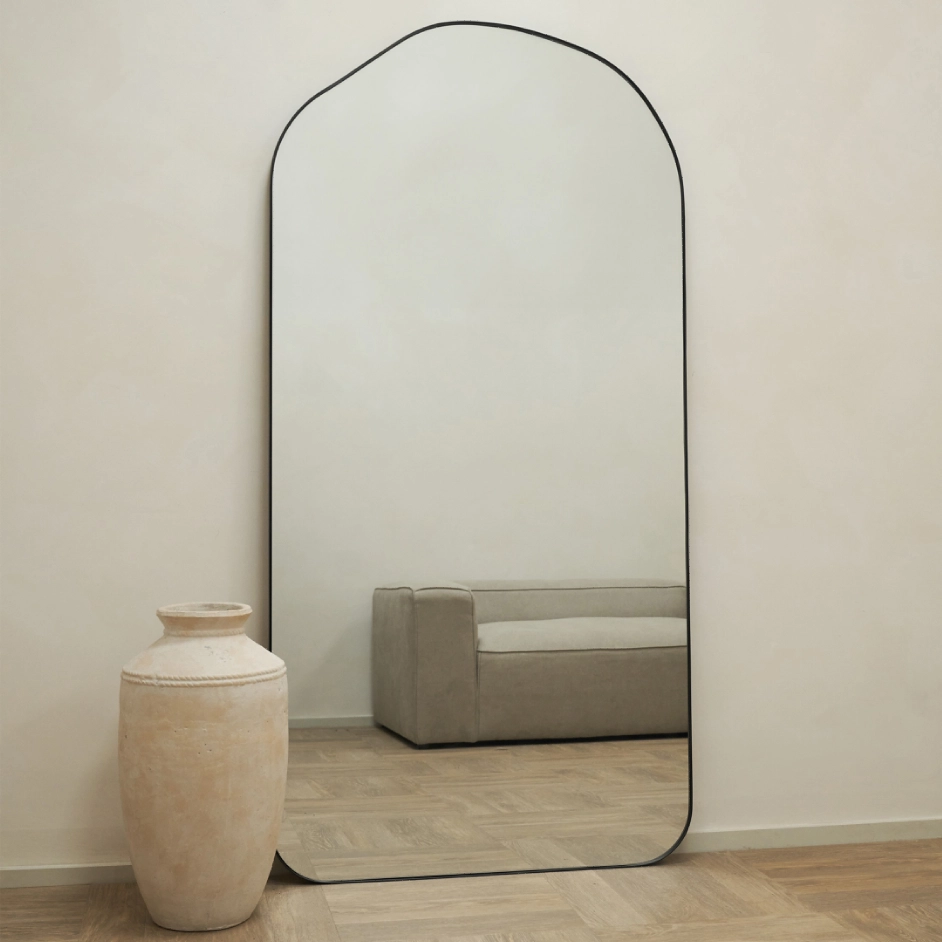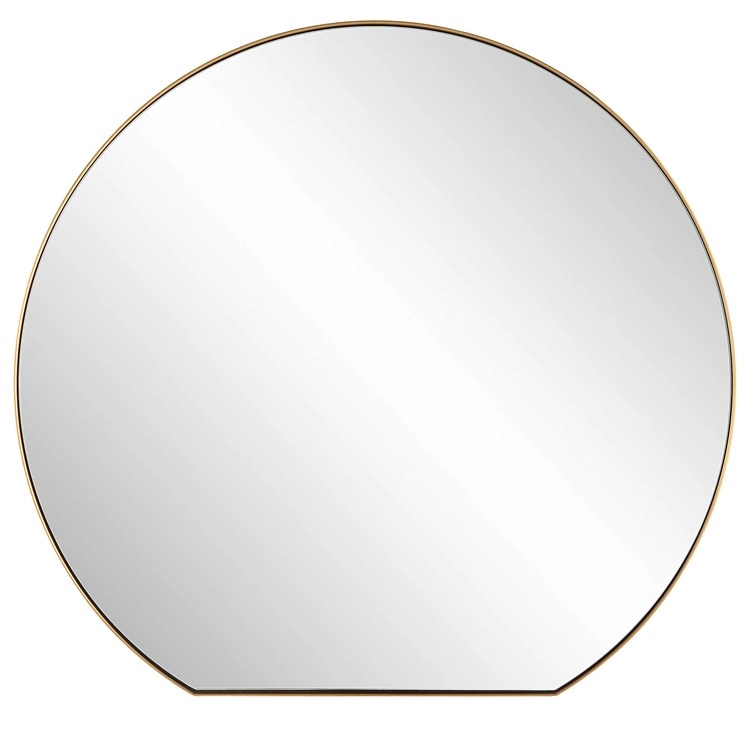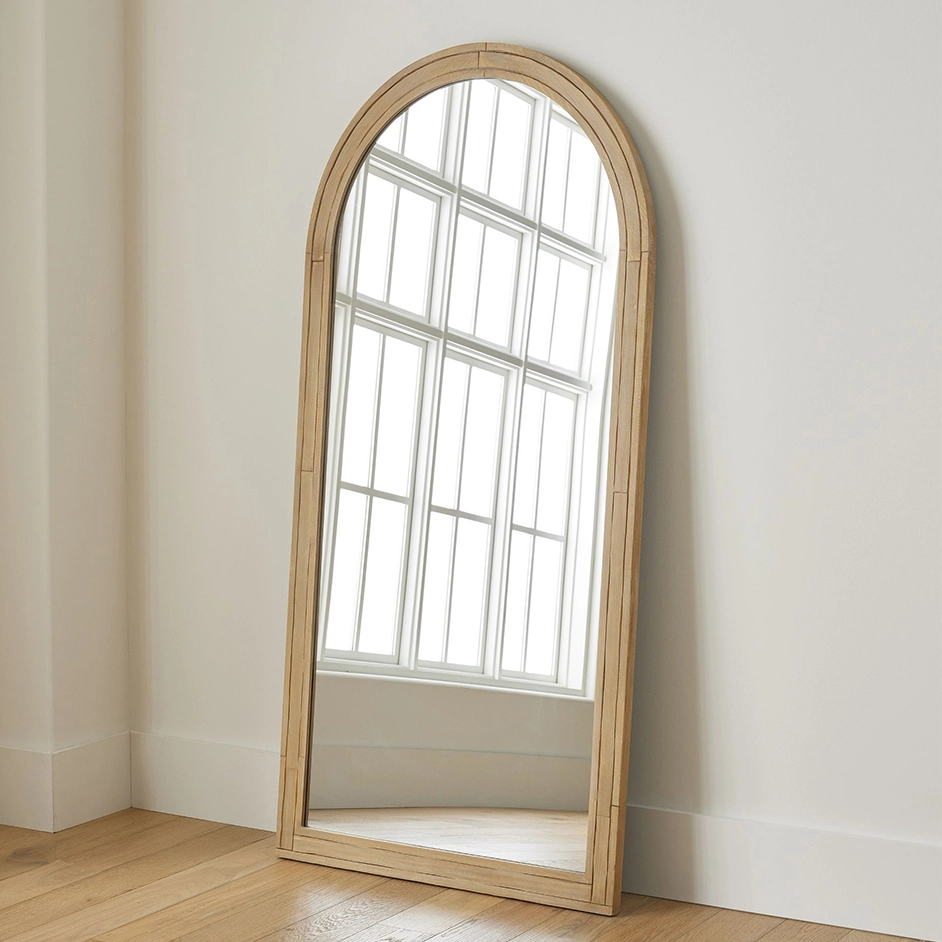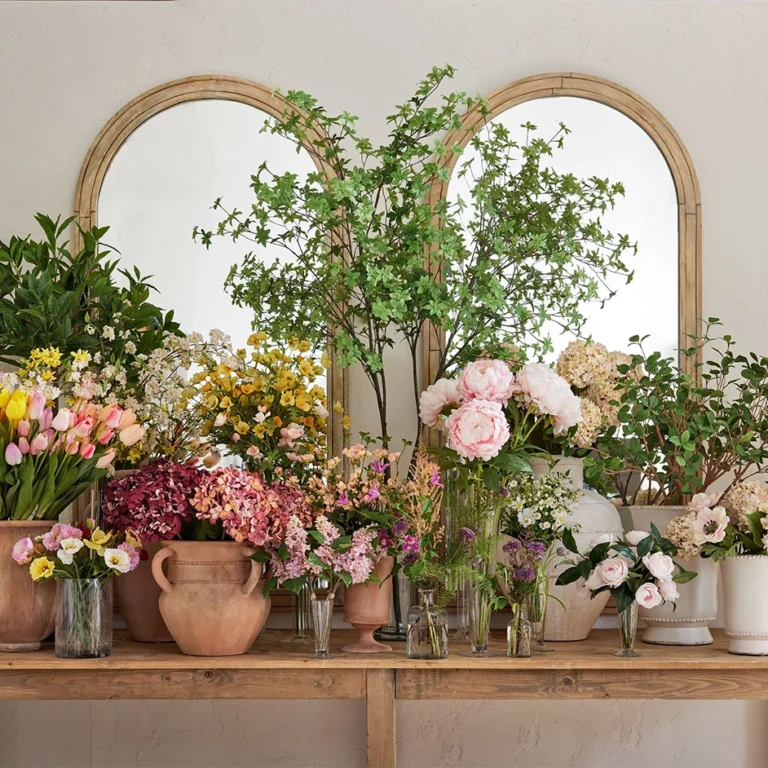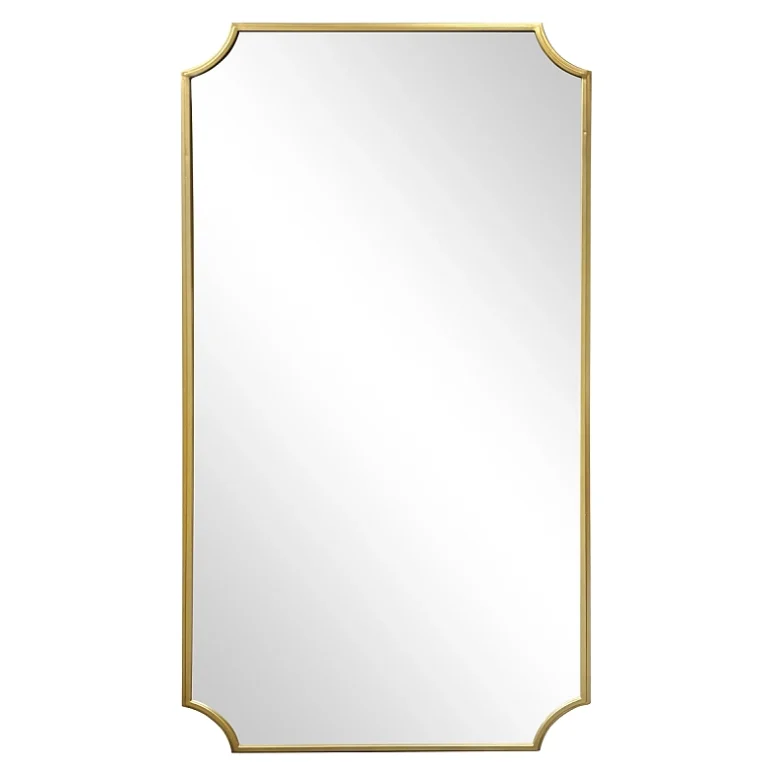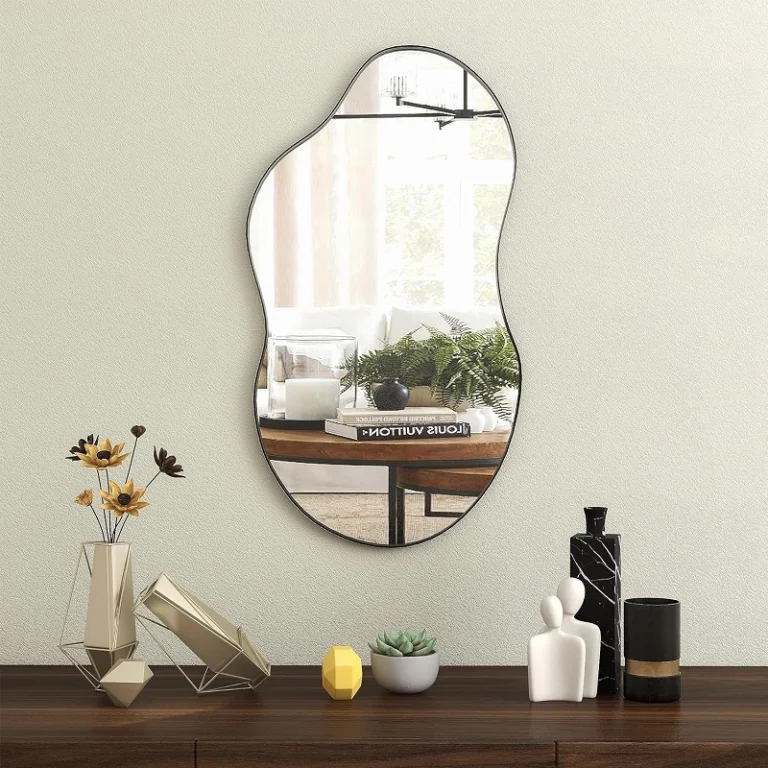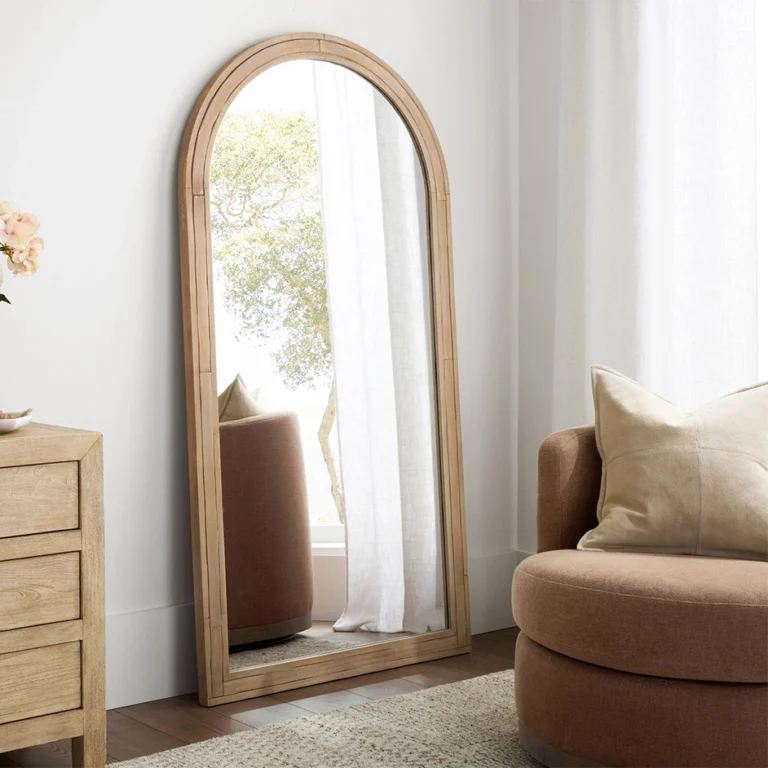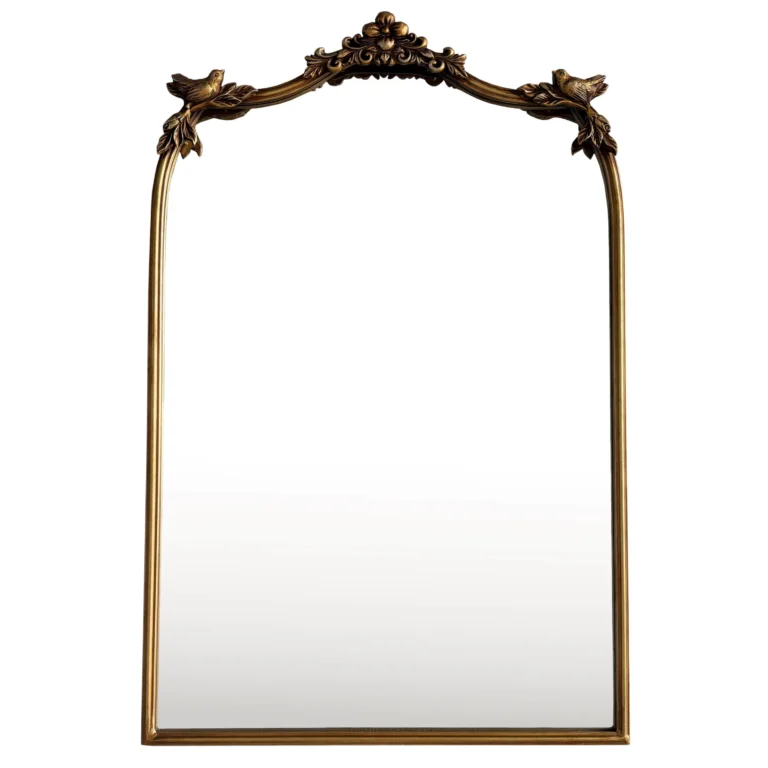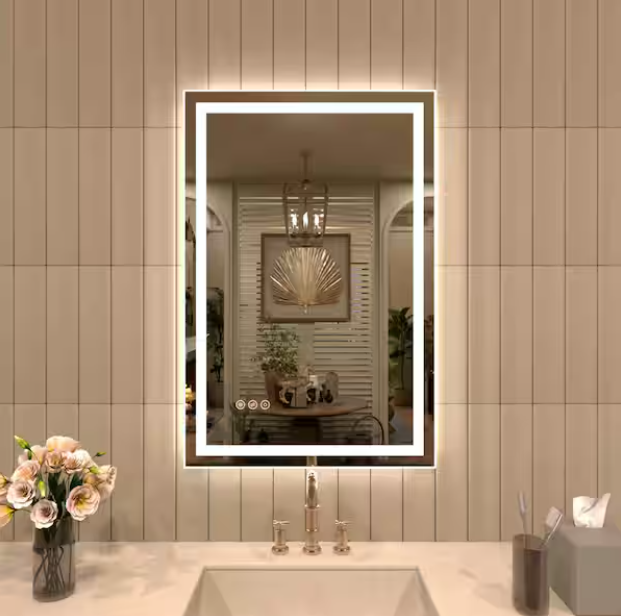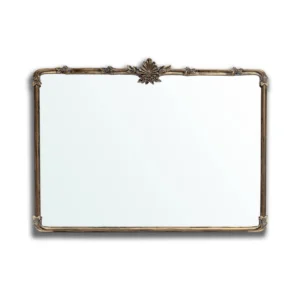Arabic calligraphy mirror Abu Dhabi
Of course. You are referring to one of the most iconic and photographed pieces of public art in the UAE: the “The Letter” monument, often called the “Arabic Calligraphy Mirror” or “The Rubbing Hands” at the entrance of Qasr Al Watan (the Presidential Palace) in Abu Dhabi.
Here is a detailed breakdown of what it is and why it’s so significant.
The Monument: “The Letter” (الرسالة)
-
Official Name: The sculpture is officially titled “The Rubbing Hands” or “The Letter.”
-
Location: It stands prominently in the forecourt of Qasr Al Watan, located on the Abu Dhabi Corniche. The palace itself is a working presidential palace and a cultural landmark open to the public.
-
Artist: The work was created by Mattar Bin Lahej, a renowned Emirati artist and calligrapher.
Design and Meaning
The monument is a masterpiece of art, craft, and symbolism:
-
The Form: It consists of two massive, facing panels made of polished stainless steel. They are shaped to suggest two hands positioned as if they are about to clap or, more poetically, as if they are holding an invisible object between them.
-
The Calligraphy: The surface of these “hands” is intricately perforated with a beautiful Arabic calligraphy pattern. The text is a poem by the founding father of the UAE, the late Sheikh Zayed bin Sultan Al Nahyan.
-
The Mirror Effect: This is its most famous feature. The highly polished steel acts as a mirror, reflecting the image of the viewer and, more importantly, the magnificent facade of Qasr Al Watan directly behind them. This creates a stunning, dynamic photo opportunity where the palace and the person appear within the art itself.
-
The Symbolism:
-
A Message of Peace: The poem by Sheikh Zayed speaks of wisdom, peace, and humanity. The monument is a physical manifestation of his vision and his message to the world.
-
Connection: The interactive, reflective nature symbolizes the connection between the legacy of the nation’s leadership (the palace and the poem) and its people and visitors (their reflection). It represents a dialogue between the past and the present.
-
Duality: The two panels can represent many dualities: the past and the future, the ruler and the people, or the coming together of ideas.
-
Why is it so Popular?
-
Instagrammable Beauty: It is an incredibly photogenic piece of art. Visitors love taking creative pictures where they appear to be “holding” the palace in their hands or are framed perfectly within the calligraphic designs.
-
Cultural Significance: It seamlessly blends traditional Arabic art (calligraphy) with modern, minimalist sculpture and design. It is a powerful symbol of a nation that is deeply rooted in its culture while rapidly advancing into the future.
-
Accessibility: Located at a major tourist attraction, it is easily accessible to everyone who visits Qasr Al Watan.
Visiting Information
-
Location: Qasr Al Watan, Al Ras Al Akhdar, Abu Dhabi.
-
Best Time to Visit: The best light for photography is during the golden hour (just after sunrise or before sunset). However, it is also spectacular at night when the palace and the monument are beautifully illuminated.
-
Access: You need a ticket to enter the Qasr Al Watan palace grounds, which will give you access to the monument, the palace itself, and the beautiful gardens.
In summary, the Arabic Calligraphy Mirror in Abu Dhabi is far more than just a sculpture; it is a profound cultural statement and a beautiful, interactive landmark that perfectly captures the spirit of modern Abu Dhabi.
Generally speaking, our order requirements are as follows: the minimum order quantity (MOQ) for large items is 50 pieces, for regular items it is 100 pieces, for small items it is 500 pieces, and for very small items (such as ceramic decorations) the MOQ is 1,000 pieces. Orders exceeding $100,000 will receive a 5% discount. The delivery timeline is determined based on the specific order quantity and production schedule. Typically, we are able to complete delivery within two months.
